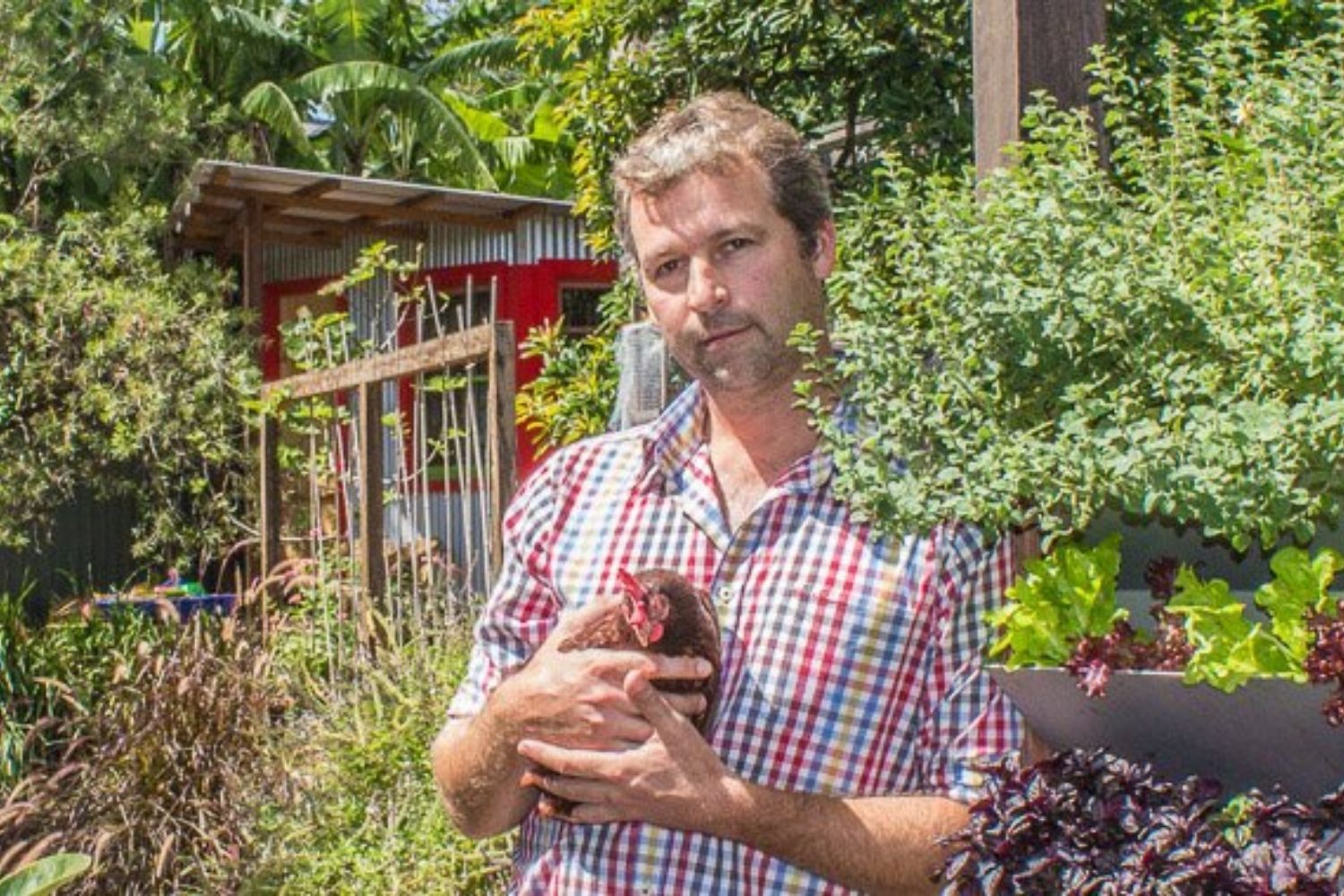Secret Science of Soil
Based on The Secret Science of Soil event co-hosted by Steve Batley and Kit Shepherd.
Steve studied landscape architecture at Uni; worked in that field for 20 years then he studied Permaculture under Fiona Campbell and Russ Grayson (Sydney elders in the Permaculture network, now living in Tasmania).
For the past 15 years he’s been doing workshops on establishing and maintaining permaculture/organic gardens. In the past 3 years he’s been looking at broader scale agriculture and soil. He passed on a lot of information to us and leads to more
We began with two short films:
Soil solutions to climate problems
The Soil Story with Pashon Murray
This is a short version of some of the ‘secret’ to living soil…..
Soil is full if life and is a balance of ingredients with carbon as the building block.
Surprisingly, it’s not only the case that good soil feeds plants, but the feeding happens in reverse too…..plants create sugars through photosynthesis and exude them through their roots, thereby providing nutrient for micro-organisms.
Crop diversity, cover plants, planned grazing, and composting are important tools for creating good soil. Healthy soil is a carbon sink, it stores carbon through the action of plants, and this gives it the essential property of being like sponge, receiving and holding water. This not only help avoid droughts but also mitigates floods, two highly relevant issues in Australia.
John Kempf created an organisation called Advancing Eco Agriculture
A plant community effects the soil micro-biome. For example, plants from four different plant families growing together trigger responses from the microbiome in a co-operative situation. : root exudates; different sugars, microbes synergistic. This is opposite to crop rotation!
Think of garden as ecosystem; the whole system responds to mixed planting. The microbiome in the soil is closely linked to our gut micro-biome. In face it’s almost like we should be eating soil! (if it’s health, and if we know what is in it ie home-grown organic food is nutrient dense and highly suited to our gut).
Here are some guiding point for gardeners:
Soil Health Principles
- Don’t dig… disturb soil as little as possible
- Keep soil covered….with plants, compost and mulch. This feeds micro-organisms – worms, bacteria, fungi, nematodes, protozoa – which are part of the composting system keep the soil micro-biome healthy. (Tip: Cockroaches in compost indicate it’s too dry)
- Make compost…. Compost adds micro-organisms to soil. Use a compost ‘teabag’ (aka sock) to make a liquid fertilizer, to build the ecosystem in the soil
- Maintain living roots. Sugars get pumped into soil; ¼-1/2 of a plant’s energy exudes into soil. A liquid carbon pathway is maintained by leaving plants there, photosynthesising, drawing carbon out of the atmosphere and storing it in the soil.
- Maximize diversity – 4 different families at least, for example:
- leguminaceae (peas, bean, alfalfa)
- solanaceae (eggplant, capsicum tomato, potato)
- cruciferaceae (cabbage, radish, Broccoli, Cauliflower, turnip)
- allium (onions, chives, garlic)
- curcurbitaceae (pumpkin, watermelon, zucchini)
- chenopodiaceae (beetroot, spinach)
- umbelliferaceae (carrot, celery, dill); leafy greens,
- Integrate animals – rabbits, quail, chickens, guinea pigs
Bacteria build their bodies from soil minerals eg iron, sulphur. They mine the geology for nutrients.
Plants absorb bacteria into roots; we absorb the bacteria by eating the plants
Healthy soil is healthy gut. In the USA there’s a fungus system 2000K ‘long’, largest fungi system in the world. It absorbs minerals; is like an external digestive system.
What can inviduals do? Choice of food sources – eat organic; capture carbon in gardens, farms and orchards, using the above information.
Resources
- Singing Frogs Farm in USA, a large farm, with less water use, big yields. These principles: soil cover, diversity, multi species plating, regen farming.
- Three Sisters Agriculture – an Example of Companion Planting
- Film: Kiss the Ground
- regenerationinternational.org
- Why regenerative agriculture
- The Savoury Institute – grass has evolved with ruminants, needs cropping and management John Kempf
- Elaine Ingham; courses include microscopy of the soil
- Graeme Sait – Nutri-Tech
- Nicole Masters Podcasts
- Webinars: Dr Christine Jones (Aust) soil microbiome
- Johnson Su Bioreactor
Books
- The Soil Will Save Us
- For the Love of Soil by Nicole Masters
- Dirt to Soil by Gabe Brown
- Soil by Matt Evans
- Call of the Reid Warbler by Charles Massy

